Consider Before Buying Sewing Machines for Beginners In 2024
Are you on the hunt for good sewing machines to kickstart your creative journey? With lots of shop options available, it’s crucial to weigh your choices carefully.
Your ideal sewing companion, a quality machine, should match your skill level, and budget, and most importantly, inspire confidence as you dive into the world of stitching and crafting.
From mechanical to computerized models, each machine boasts unique features designed to elevate your sewing experience with the ability to use different presser feet.
Before buying that new machine, consider factors like stitch options, ease of use, durability, and versatility all tailored to suit a beginner’s needs.
In this guide, we’ll walk you through essential considerations before buying a sewing machine that aligns with your budding passion for fabric and presser feet.
See Also: Best Sewing Machine for Heavy Fabrics
Essential Features for Beginner Sewing Machines
Adjustable Stitch Length and Width
When considering buying sewing machines for beginners, it’s crucial to look for one with adjustable stitch length and width. This feature allows you to customize your stitches according to the fabric and project at hand.
For instance, if you’re working on a delicate fabric, you can set a shorter stitch length to prevent puckering. On the other hand, when sewing denim or thicker fabrics, longer stitches may be more suitable to buy.
Having the ability to adjust stitch width enables you to create different decorative effects or accommodate various seam allowances.
By being able to make these adjustments on your machine, you have the flexibility needed as a beginner to explore different sewing techniques without limitations.
Built-in Needle Threader
Another essential feature that should not go unnoticed when choosing a new sewing machine is a built-in needle threader.
Threading needles can be quite challenging, especially for those new to sewing. A built-in needle threader simplifies this process by guiding the thread through the eye of the needle with ease.
With this feature, gone are the days of squinting and struggling to get that tiny piece of thread through an even tinier hole!
Instead of spending valuable time trying to thread your needle manually, you can focus on honing your skills and enjoying your sewing experience.
Read Also: How To Use A Needle Threader
Free Arm Feature
A third vital aspect in selecting beginner-friendly sewing machines is ensuring they come equipped with a free arm feature.
This component allows you to detach part of the machine’s main body, leaving only a narrow column where you can easily maneuver cylindrical items such as cuffs and sleeves during stitching.
For example: When hemming pants or attaching buttons onto shirt cuffs tasks that require precise handling in small areas having access to this free arm makes these processes much simpler than using regular flatbed machines.
Mechanical vs. Electronic Sewing Machines for Novices
Consider Your Needs
When choosing between mechanical and electronic sewing machines, consider your specific needs. If you’re a beginner looking for simplicity and low maintenance, a mechanical machine might be the right choice for you. These machines are straightforward to use and are often more affordable than their electronic counterparts.
However, if you’re interested in exploring advanced features and having precise control over stitches, an electronic sewing machine could be the better option. With electronic machines, you can experiment with different stitch patterns, utilize automatic buttonholers, or even delve into embroidery work.
Consider your budget as well as your long-term sewing goals when making this decision. While a mechanical machine may seem like the most cost-effective choice at first glance, an electronic machine’s versatility and potential for growth might make it a wiser investment in the long run.
Pros and Cons of Mechanical Machines
Pros and Cons of Electronic Machines
Ultimately, weigh these factors against each other based on your personal preferences and what matters most to you in a sewing machine.
Budget Considerations When Buying a Sewing Machine
Set a Budget Range
When considering buying sewing machines for beginners, it’s crucial to establish a clear budget range. By doing so, you can effectively narrow down your options and focus on machines that are within your financial means. This prevents you from being overwhelmed by the wide array of available sewing machines in the market.
Before starting your search, take some time to evaluate how much you’re willing to invest in a sewing machine. Whether it’s under $100 or up to $300, having this budget range will guide your decision-making process.
Compare Prices
Once you’ve set your budget range, the next step is to compare the prices of different brands and models. Look at various options within your predetermined budget and assess their features against their respective price tags.
This comparison allows you to find the best value for money while ensuring that the chosen machine meets all your essential requirements.
For example, if you have decided on a maximum budget of $200 for a beginner sewing machine, comparing different models priced between $150 and $200 can help identify which one offers more features or better durability for its cost.
Quality Over Price
While staying within your budget is important when purchasing a beginner sewing machine, it’s also advisable to consider investing in quality over price alone.
Sometimes stretching your budget slightly could mean acquiring a higher-quality machine that will last longer and serve you better in the long run.
If we look back at our previous discussion about mechanical vs. electronic sewing machines for novices, remember that even though high-quality mechanical metal machines can be found for under $300 (as mentioned earlier), opting for such an option might require slight flexibility with regards to sticking strictly within initial budgets but this move may prove beneficial due to longevity and sturdiness.
-
Setting a clear budget range helps narrow down options.
-
Comparing prices ensures finding the best value.
-
Investing in quality over price could lead to longer-lasting benefits.
Understanding Stitch Options and Varieties for Beginners
Basic Stitch Options
When considering buying a sewing machine for beginners, it’s crucial to pay attention to the stitch options available. Look for machines that offer essential stitches like a straight stitch, zigzag stitch, and buttonhole stitch. These are fundamental stitches that will cover most of your basic sewing needs.
It’s important to have a machine with adjustable stitch length and width so you can work with different fabric types. For instance, when working with delicate fabrics, you may need a shorter stitch length, while heavier fabrics might require longer stitches.
Having control over these aspects will allow you to tailor your stitching based on the specific requirements of each project.
Decorative Stitches
If you’re interested in exploring more creative projects, consider machines that offer a variety of decorative stitches. These decorative options can add flair to your creations and give you the freedom to experiment with different designs and embellishments.
For example:
-
A beginner-friendly sewing machine featuring both straight and zigzag stitching along with an automatic buttonhole function.
-
An entry-level model offering adjustable stitch length and width suitable for various fabric types.
-
A user-friendly machine equipped with decorative stitches such as scallop or floral patterns for artistic endeavors.
Remember that additional features like dual feed, quarter-inch foot, or walking foot can be beneficial if you plan on delving into quilting projects or working with heavier fabrics like denim or twill.
The Importance of Attachments and Accessories
Essential Attachments for Versatility
When considering buying sewing machines for beginners, it’s crucial to prioritize the availability of essential attachments. Look for machines that come with a zipper foot, buttonhole foot, and blind hem foot.
These attachments are indispensable for various sewing projects, allowing you to tackle different types of fabrics and garments effectively.
For instance, the zipper foot enables you to sew zippers onto clothing items seamlessly, while the buttonhole foot simplifies the process of creating buttonholes on your garments.
By having these essential attachments included with your machine, you can ensure that you have everything necessary to start exploring different sewing techniques right away.
Additional Accessories for Diverse Projects
In addition to essential attachments, consider sewing machines that offer extra accessories such as an extension table or quilting feet if you plan to delve into diverse sewing techniques beyond basic garment construction. An extension table provides extra support when working on larger projects like quilts or curtains.
Moreover, quilting feet are designed specifically for quilting tasks and can make the process smoother and more precise. By opting for a machine with these additional accessories included or compatible add-ons available in the market, you set yourself up for success in pursuing a wider range of creative sewing endeavors.
Compatibility with Standard Accessories
Before making your purchase decision, ensure that the machine is compatible with standard sewing machine accessories readily available in the market.
This compatibility ensures that as your skills progress and your needs evolve, you’ll have access to a wide array of supplementary tools without being limited by proprietary parts or accessories unique only to certain models.
Noise Levels and Comfort in Sewing Machine Use
Consider Quieter Machines
If noise is a concern for you, especially if you sew late at night or in shared spaces, it’s important to consider quieter sewing machines. Look for machines that are specifically designed to operate quietly.
This can help ensure that your sewing doesn’t disturb others around you, particularly if you live in an apartment or have family members who are sensitive to noise.
When researching potential sewing machines, pay attention to the decibel levels mentioned in the product specifications. Lower decibel ratings typically indicate quieter operation.
Reading customer reviews can provide valuable insights into the actual noise levels experienced by users. By doing so, you can get a better idea of how loud or quiet a machine is during real-world use.
Ergonomic Designs and Comfortable Controls
To reduce strain during long sewing sessions, it’s crucial to look for sewing machines with ergonomic designs and comfortable controls. This becomes especially important when working on larger projects that require extended periods of sewing time.
Ergonomic features such as adjustable height settings and comfortable hand grips can significantly enhance your comfort while using the machine.
Moreover, easy-to-reach controls and intuitively placed buttons contribute to a more pleasant sewing experience by minimizing physical strain on your hands and wrists.
When considering different models, try visiting a store where you can physically interact with the machines on display.
Testing out various models allows you to assess their comfort firsthand before making a purchase decision based solely on online research or recommendations from others.
Service, Warranty, and Maintenance Tips
Check the Warranty Period
When considering buying sewing machines for beginners, it’s crucial to check the warranty period offered by the manufacturer. This ensures that you are protected against any defects or malfunctions that may arise.
A longer warranty period provides you with peace of mind and safeguards your investment in case of unexpected issues with the machine.
For example:
-
Singer offers a 25-year limited warranty on their sewing machines, providing long-term coverage for potential problems.
Accessible Service Centers
Look for sewing machines with easily accessible service centers or authorized repair technicians in your area. Having a nearby service center or technician can be invaluable if your machine requires repairs or maintenance. It ensures that you won’t have to travel far or wait an extended period for servicing, minimizing downtime and allowing you to resume your sewing projects promptly.
For instance:
-
Brother has a widespread network of authorized dealers and service centers across the country, making it convenient for users to access support when needed.
Follow the Manufacturer’s Maintenance Guidelines
Following the manufacturer’s maintenance guidelines is essential to keep your sewing machine in good working condition.
Regular maintenance not only prolongs the lifespan of the machine but also helps prevent potential issues from arising due to neglect.
By adhering to these guidelines, you ensure that your machine operates smoothly and efficiently throughout its use.
For instance:
-
Many manufacturers provide detailed maintenance instructions in their user manuals, covering aspects such as cleaning, lubrication, and troubleshooting common issues.
Selecting the Right Sewing Machine Based on Usage Frequency
Frequency of Use
When considering purchasing a sewing machine, it’s crucial to think about how often you’ll be using it. If you plan to sew frequently, investing in a durable machine with a robust motor that can handle heavy use is essential.
A good domestic sewing machine should be able to give you years of reliable service, so durability and strength are important factors.
If your sewing projects will be occasional or infrequent, a more basic machine may suffice for your needs. For instance, if you only intend to use the machine for simple repairs or small crafts from time to time, an entry-level model might be suitable for your requirements.
Long-Term Goals
Before making a decision about which sewing machine to purchase, take some time to consider your long-term sewing goals and how often you anticipate using the machine.
Are you looking to expand your skills and tackle more complex projects as time goes on? Or do you foresee sticking with smaller-scale endeavors?
It’s also worth considering any potential changes in usage frequency over time. For example, if you’re currently only engaging in light sewing activities but have plans to delve into larger or more frequent projects down the line, it might make sense to invest in a sturdier model now rather than having to upgrade later.
Steps to Prepare for Your First Sewing Machine Purchase
Research Different Brands and Models
When considering before buying sewing machines for beginners, it’s crucial to research various brands and models. Look into their features, such as the number of built-in stitches, automatic needle threader, or one-step buttonhole feature. Read customer reviews to gauge user satisfaction and identify any recurring issues with specific models.
Before making a purchase, make sure you understand your sewing requirements. Prioritize the features you need in a machine based on the type of projects you plan to work on frequently. For instance, if you intend to sew mainly garments, prioritize machines with stretch stitch options or adjustable presser foot pressure.
Visit Local Sewing Machine Stores or Expos
To ensure that you find the most suitable sewing machine for your needs, visit local stores or attend expos where you can try out different machines firsthand. This allows you to get a feel for each machine’s usability and functionality.
Moreover, seeking advice from experts at these venues can provide valuable insights into which machine aligns best with your skill level and project aspirations.
If purchasing a brand-new sewing machine isn’t feasible due to budget constraints but still want something reliable and functional, consider looking for used machines through platforms like Facebook Marketplace or local classified ads.
You may also inquire within your community as word-of-mouth recommendations could lead to finding well-maintained pre-owned machines at reasonable prices.
Frequently Asked Questions
What are the essential features to look for in a beginner sewing machine?
When choosing a sewing machine for beginners, prioritize features like easy threading, adjustable speed control, and automatic needle threader. These will make learning and using the machine more enjoyable and efficient.
How do I decide between a mechanical and electronic sewing machine as a novice?
Consider your comfort with technology and budget. Mechanical machines are straightforward but lack advanced features, while electronic ones offer more options but require familiarity with digital interfaces.
What budget considerations should I keep in mind when buying a sewing machine?
Set a realistic budget that aligns with your commitment to sewing. Factor in additional costs for accessories, maintenance, and potential upgrades as you progress in skill level.
Why is it important to understand stitch options as a beginner?
Understanding different stitch options allows you to experiment with various fabric types and projects. It also helps you grasp the versatility of your machine’s capabilities early on.
Which attachments and accessories should I prioritize when purchasing my first sewing machine?
Look for machines that come with essential accessories like different presser feet, seam rippers, bobbins, and needles. Having these tools readily available will enhance your learning experience from the start.
How can noise levels impact my comfort during the use of the sewing machine?
High noise levels can be distracting or bothersome during extended periods of use. Opting for quieter models ensures a more pleasant environment for honing your skills without unnecessary disruptions.
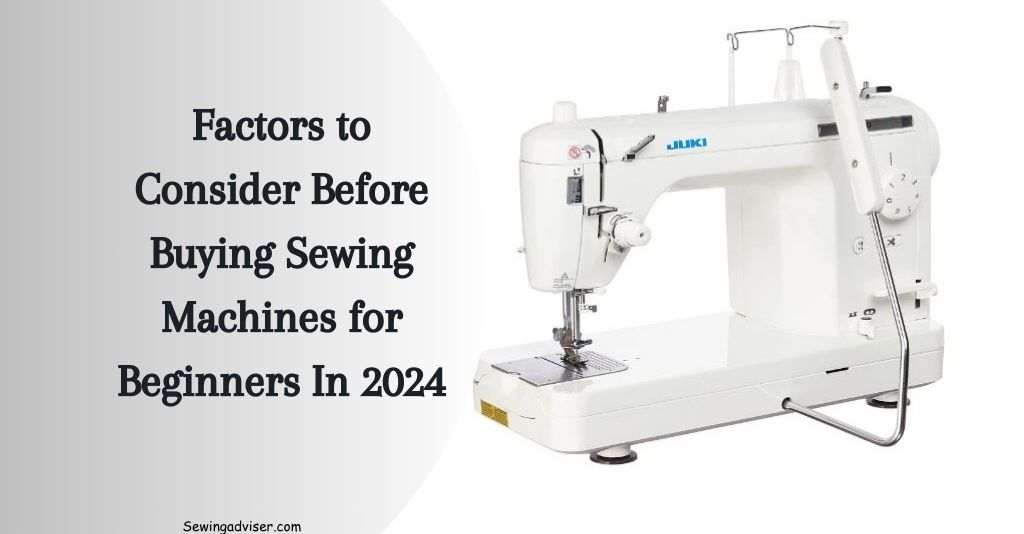
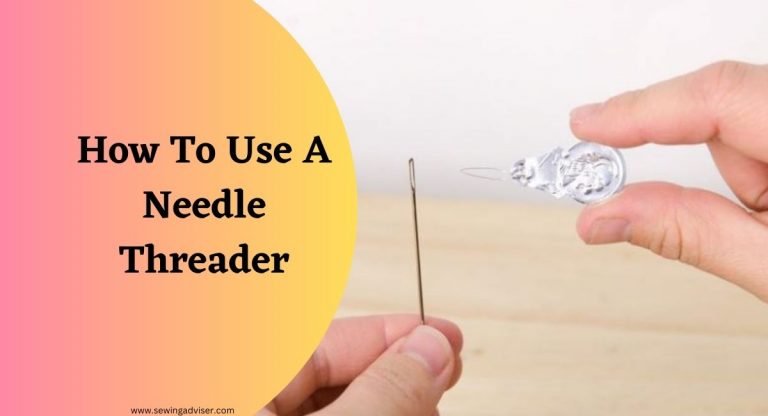
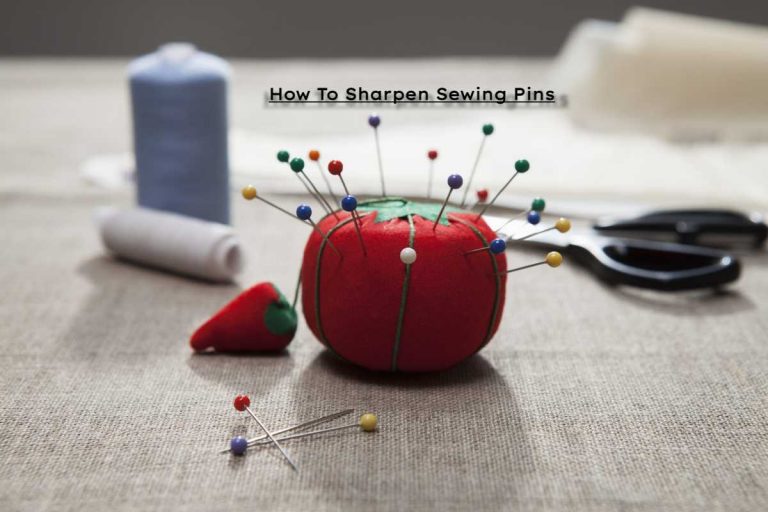
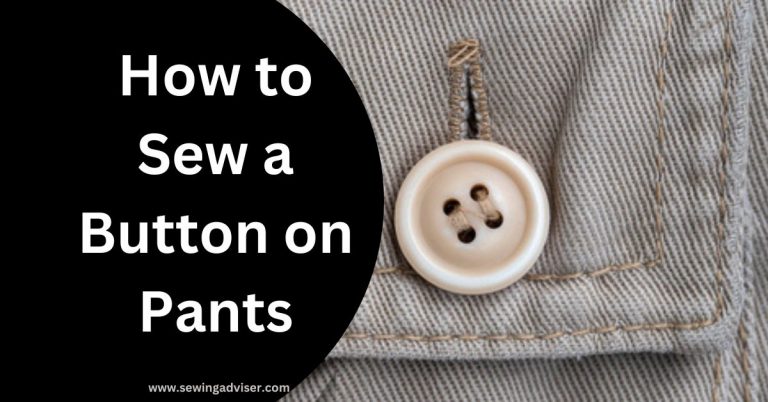
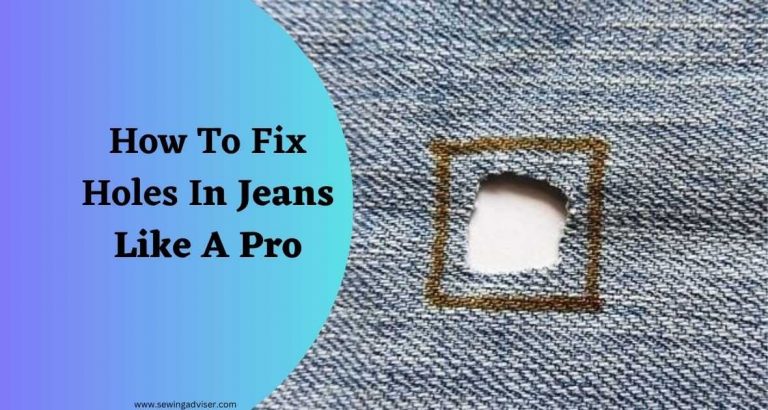
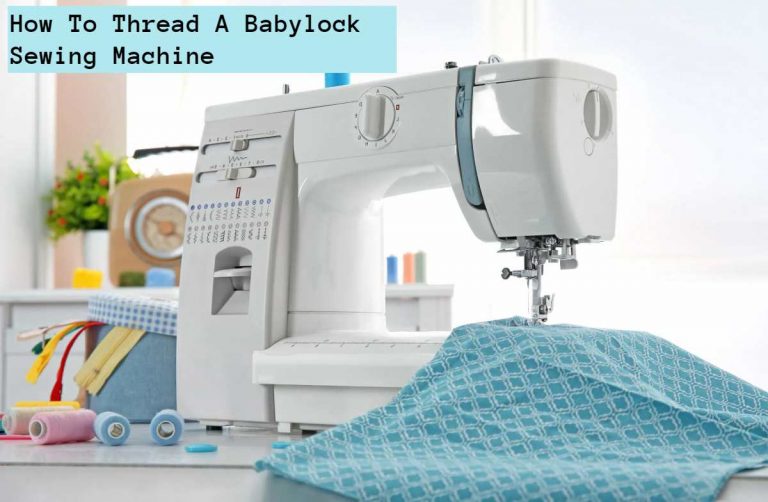
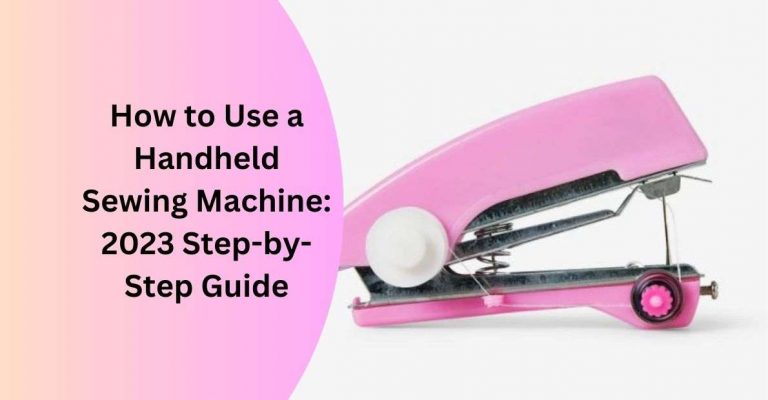
3 Comments